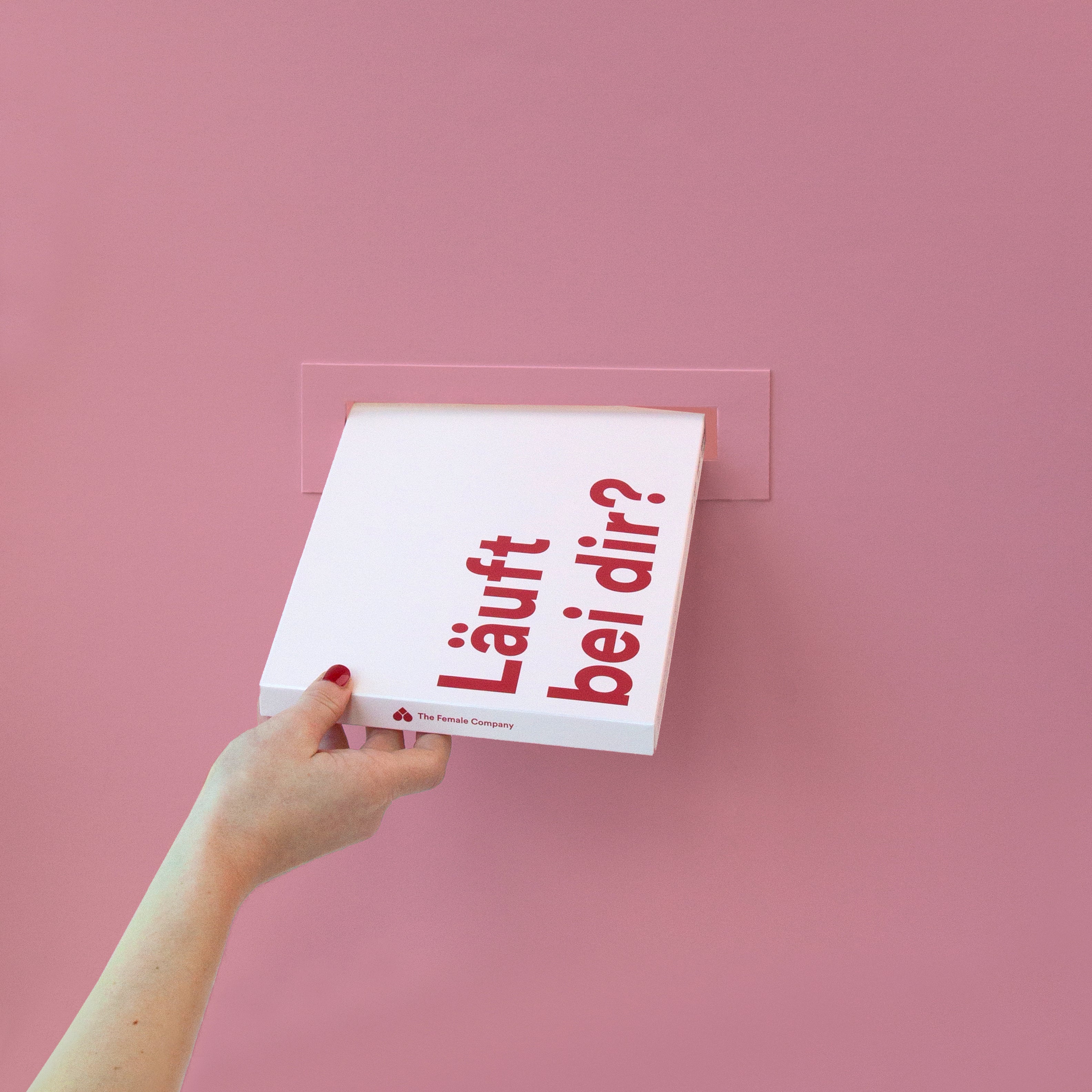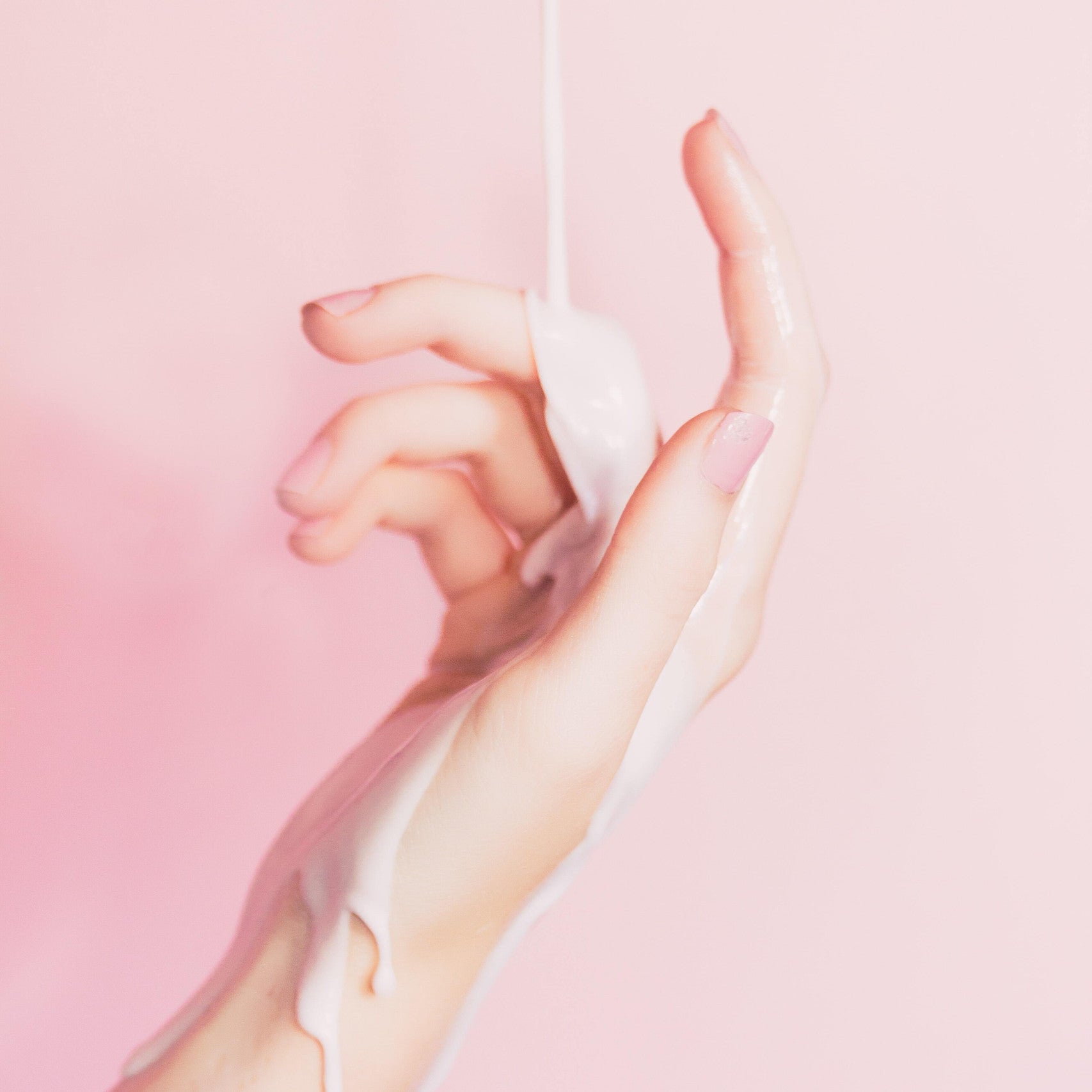Having a baby is probably one of the most wonderful things life has to offer. But let's be honest, as great, fantastic and overwhelming as it is - there are one or two things that aren't quite so wow. The lochia, for example. And somehow that's a topic that no one really wants to talk about. Especially not lochia after a Caesarean section. But it's just as much a part of becoming a mother as smelly diapers, burping and overwhelming feelings of happiness. So, let's talk about it.
Summary
Lochia is the discharge that you lose in the weeks after giving birth.
This wound healing is often associated with afterpains and bleeding and expels everything from tissue remnants to bacteria that no longer belong down there.
The lochia in people who have had a cesarean section is usually somewhat lighter and shorter .
Table of contents
Contents
1. Lochia after cesarean section
The intensity and duration varies from woman to woman. However, the lochia after a cesarean section is generally lighter and shorter .
Background: During a cesarean section, the placenta and surrounding tissue are removed directly, so the body no longer has to excrete it itself.
After a Caesarean section, the same recommendations regarding lochia and the use of tampons generally apply. It is important to know that lochia can be weaker and shorter after a Caesarean section. We think that mothers should have it as easy as possible after giving birth. How? With the MammaBox - for a stress-free after-party. Get it here now!
It is therefore quite possible that the lochia after a Caesarean section lasts less than the six weeks mentioned above. However, if it stops after two or even one week, you should not get excited straight away. Instead, you should consult your doctor or midwife to rule out a blockage in the lochia (the same applies if you suddenly develop a fever or severe pain).
2. Heavy bleeding after lochia?
It can happen that your lochia is already over and you're back to normal shortly afterwards - and unfortunately we mean that quite literally. Heavy bleeding after lochia is not that unusual . This is probably just your period coming back, perhaps much heavier than you were used to before (it's been a while).
Your hormone levels have changed due to pregnancy and this can mean that your period as a mother suddenly becomes much heavier (or lighter).
Important to know: From about the sixth week after birth you can use our organic tampons again.
3. Tampon & lochia after cesarean section
Speaking of tampons: lochia and cotton wool sounds good (okay, maybe average), but you should avoid the combination. The uterus is still extremely sensitive - even if you had a Caesarean section - and can do without external visitors, even if they are made of the best organic cotton like ours. That's why it's better to use organic pads for now. Once the lochia is over and your period is back, you can reach into our tampon box as usual.
If the intensity of your bleeding after giving birth is different than before, you can easily change your subscription mix from Normal to Super or Mini to Normal - or simply mix all sizes, whatever works best for you.




































